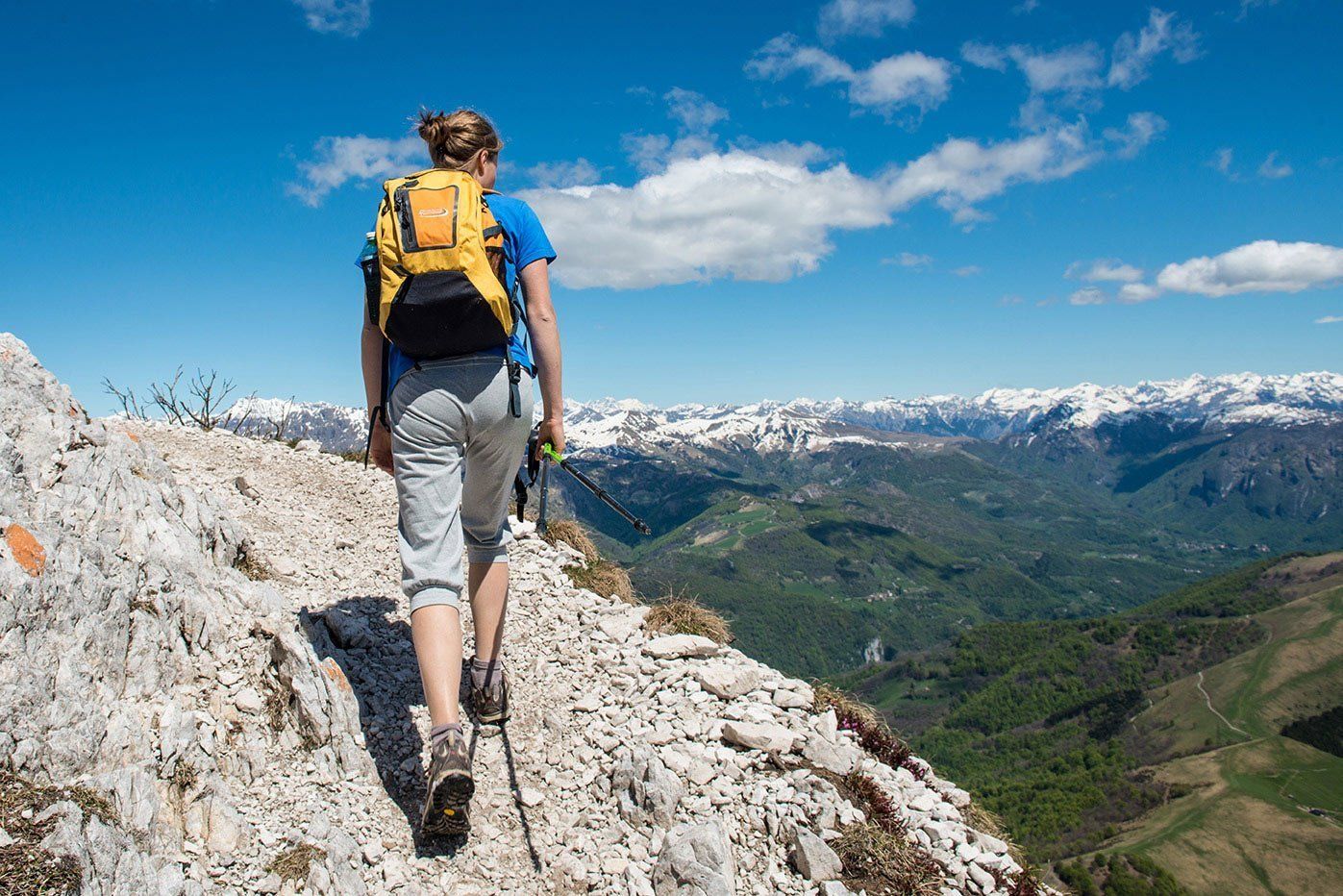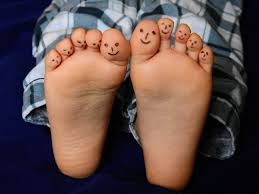When choosing your winter footwear, it may be tempting to choose form over function or whichever you feel is the most stylish, but would that still be the case if you knew the risks you were taking? Read on to find out about Chillblains and how you can prevent them!
What are Chillblains?
Chilblains (also called pernio) are small itchy, red (and sometimes purple) swellings on the skin, which can become increasingly painful, can swell and then dry out leaving cracks in the skin that exposes the foot to the risk of infection. They occur on the toes (particularly the smaller ones), fingers, the face (especially the nose) and the lobes of the ears. They can also occur on areas of the feet exposed to pressure, for instance on a bunion or where the second toe is squeezed by tight shoes. They can also lead to blisters and break down to become a small ulcer prone to infection.
What causes them?
Chilblains develop when the tiny blood vessels under the skin constrict under cold conditions reducing the flow of blood until the area warms up again and causes some leakage of fluid into the surrounding tissue. They are caused by the skin’s abnormal reaction to cold but not everyone develops them as this depends to a large extent on the efficiency of your circulation. People with poor circulation and other health problems involving their blood vessels are likely to be more prone to developing chilblains. In addition, damp or draughty conditions, dietary factors and hormonal imbalance can also be contributory factors. It is thought that rapid temperature changes from cold to hot can also be a cause. If the skin is chilled and is then followed by too rapid warming next to a fire or through using a hot water bottle, chilblains may result.
Who gets them?
Although chilblains are common, the condition mainly affects young adults working outdoors in cold places or people who do not wear socks or tights in winter. Elderly people, whose circulation is less efficient than it used to be, people who don’t take enough exercise and those suffering from anaemia are also susceptible.
How do I know if I have them?
During the onset of winter, susceptible people will experience burning and itching on their hands and feet. Upon entering a warm room, the itching and burning is intensified. There may also be some swelling or redness and in extreme cases the surface of the skin may break and sores (ulcers) may develop.
What are the treatments?
If the skin is itchy, a soothing lotion such as witch hazel or calamine can help. Most importantly, keeping the toes warm and dry as much as possible. Occasionally the skin can break. If it does, apply a dressing to keep infection at bay. A combination of a healthy diet and regular exercise have also been proven to reduce the occurrence of Chilblains.
If you think you may have an infection it is important to seek treatment as soon as possible. Your Podiatrist will be able to apply dressings and prescribe antibiotics if required.
How to prevent them?
The best way to prevent chilblains is to keep your legs, feet and body warm, especially if your circulation is poor and your mobility is limited.
The whole body, rather than just the feet, needs to be kept warm. Trousers, long boots, tights, leg warmers, long socks and gloves will also help.
Here are two more commonly known winter foot conditions that you may wish to avoid.
Blisters
If any shoes you’ve chosen are giving you blisters, it’s a clear cut sign that they’re the wrong choice for your feet. With properly fitted shoes, there should be no ‘breaking in’ period to have to go through.
Blisters are a result of friction or repeating rubbing, often when wearing brand new shoes that don’t fit properly.
Common remedies include soap and water, letting blisters heal with time and topical antiseptic on open wounds; however, a visit to the podiatrist’s clinic is always recommended.
Raynaud’s Phenomenon
This condition is named after the French doctor, Raynaud, and is also caused by cold weather and its effects on blood vessels.
As with chilblains, the blood vessels in the feet will tighten when exposed to very cold temperatures, causing limited circulation to the hands and feet.
Due to this lack of oxygen and blood flow to the feet, an individual may experience blistering, redness, discolouration or pain. These are the effects of Raynaud’s Phenomenon.
By wearing shoes that fit well and also keep you warm throughout the winter, you should be all set to avoid these painful conditions. Remember, for the best advice, always visit your podiatrist!
How do I get an appointment with a Podiatrist?
There are different ways to see a podiatrist, they vary depending on where you’re located.
If you’re experiencing any foot problems or if you have a long term condition which may put your feet at risk (e.g diabetes or arthritis) then speak to your GP. They may be able to refer you for an NHS podiatry appointment. Or in some areas, you may be able to self-refer.
You can also book an appointment with a podiatrist. It’s important to find a professional who is registered with the Health and Care Professions Council (HCPC), which is the UK-wide regulatory body. Use the tool on our website to find a podiatrist near you: https://www.scpod.org/find-a-podiatrist
Betafeet Podiatry, Hemel Hempstead and Tring 01442 822990 www.betafeetpodiatry.co.uk






